Fonts Take Center Stage: When Typography Becomes the Design
In the ever-evolving landscape of design, certain elements rise to prominence, capturing our attention and redefining aesthetic norms. While imagery, color palettes, and spatial arrangements often take the spotlight, there’s a powerful and fundamental element making a resounding comeback: typography. No longer relegated to a supporting role, fonts are stepping into the forefront, becoming the very heart and soul of design layouts. This isn’t just about readability; it’s about expressive power, visual impact, and the art of making a statement through letterforms. We’re witnessing a thrilling era where oversized, characterful typography dominates, transforming the way we perceive and interact with visual information.
The Rise of Typographic Expression
For years, a certain level of restraint and functionality governed typographic choices in many design disciplines. The focus was primarily on clear communication, often favoring clean, neutral sans-serif fonts in moderate sizes. However, as design matures and seeks new avenues for creative expression, this paradigm is shifting. Designers are increasingly recognizing the inherent personality and communicative potential within individual typefaces. Each font possesses its own unique voice, a subtle yet powerful set of visual cues that evoke specific feelings, time periods, and brand attributes.
This newfound appreciation has paved the way for bolder experimentation. We’re seeing a departure from purely functional typography towards a more expressive approach. Designers are embracing the quirks and eccentricities of display fonts, the elegant flourishes of serifs, and the bold assertiveness of impactful sans-serifs. And crucially, they are scaling these fonts up, allowing their inherent character to truly shine.
Oversized Typography: Making a Bold Statement
The trend of oversized typography is perhaps the most visually striking manifestation of this shift. Imagine a website homepage where a single, colossal word occupies the majority of the screen. Or a magazine spread where a giant initial letter spills across the page, drawing the reader in. This isn’t about shouting; it’s about making a confident and unforgettable statement.
Oversized typography commands attention. It creates a sense of visual hierarchy that is immediate and undeniable. The sheer scale forces the viewer to engage with the letterforms on a visceral level, appreciating their shape, texture, and the negative space they create. It can evoke feelings of grandeur, intimacy, playfulness, or seriousness, depending entirely on the chosen typeface and its treatment.
Furthermore, oversized typography can become a powerful graphic element in its own right. Individual letters or short words can be treated as abstract shapes, forming dynamic compositions and creating visual interest beyond their semantic meaning. This approach blurs the lines between typography and illustration, opening up exciting new possibilities for visual storytelling.
Expressive Typography: Beyond Legibility
While readability remains a fundamental consideration, expressive typography prioritizes the emotional and aesthetic impact of the letterforms. It’s about choosing fonts that not only convey information but also embody the desired mood or message.
Consider the use of a bold, distressed sans-serif for a campaign promoting a rebellious streetwear brand. The rough edges and strong forms of the typeface visually reinforce the brand’s edgy identity. Conversely, a delicate, flowing script font might be chosen for a luxury beauty product, evoking elegance and sophistication.
Expressive typography extends beyond the mere selection of a typeface. It encompasses the artful manipulation of typographic elements such as:
- Weight: Varying the thickness of letterforms to create emphasis and visual contrast.
- Size: Playing with scale to establish hierarchy and create visual drama.
- Spacing (Kerning and Leading): Adjusting the space between letters and lines to affect readability and visual rhythm.
- Color: Using color to highlight key words, create visual interest, and reinforce brand identity.
- Texture and Effects: Incorporating elements like gradients, patterns, or distortions to add depth and personality.
By skillfully employing these techniques, designers can transform ordinary text into captivating visual narratives.
Typography as the Layout’s Foundation
Perhaps the most significant aspect of this trend is the way typography is increasingly dictating the overall layout. Instead of fitting text into pre-defined grids and structures, designers are allowing the typography itself to shape the visual space.
Imagine a poster design where a single, vertically oriented word becomes the central axis around which all other elements are arranged. Or a website layout where large, overlapping text blocks create dynamic visual layers. In these examples, the typography is not just content; it’s the structural framework of the design.
This approach demands a deep understanding of typographic principles and a willingness to experiment. It requires designers to think of letterforms not just as carriers of meaning but as tangible shapes with inherent spatial qualities. The result can be layouts that feel fresh, dynamic, and uniquely expressive.
Examples in Action
We see this trend manifesting across various design disciplines: - Web Design: Hero sections dominated by oversized headlines, bold typographic navigation, and text-heavy layouts that prioritize impactful messaging.
- Print Design: Magazine covers featuring single, large words, editorial layouts where typography becomes the primary visual element, and posters with striking typographic compositions.
- Branding: Logos and brand identities built around distinctive and expressive typefaces, used prominently across all touchpoints.
- Environmental Design: Large-scale typographic installations that transform public spaces and create immersive experiences.
The Future of Typographic Focus
The emphasis on fonts as the focal point of design is likely to continue and evolve. As technology advances, we can expect to see even more experimentation with kinetic typography, variable fonts, and the integration of typography with other sensory experiences.
This trend signifies a growing appreciation for the power and artistry of letterforms. It reminds us that typography is not just a tool for communication but a fundamental element of visual expression. By embracing oversized, expressive typography, designers are unlocking new creative possibilities and forging deeper connections with their audiences. The age of typographic dominance is here, and it’s a visually exciting place to be.
